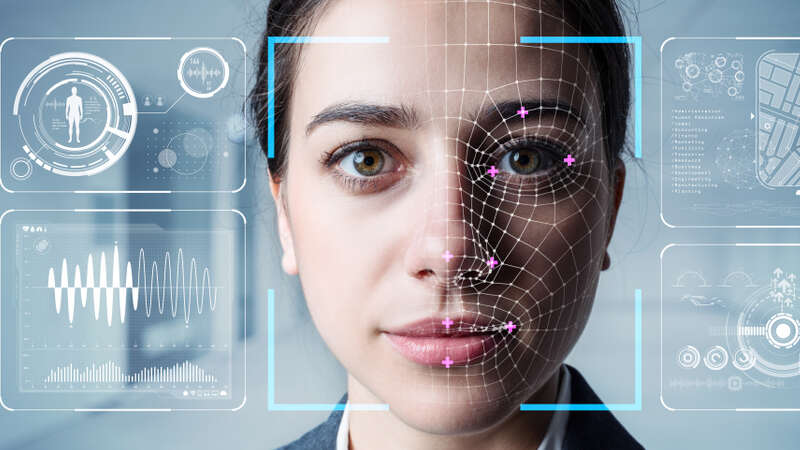
The accuracy of biometric identification technologies – such as facial recognition tech – has improved over time, but a new report from the Government Accountability Office (GAO) reveals that more could be done from a policy perspective to ensure the safe use of those kinds of technologies.
Biometric identification technologies recognize individuals based on their physical characteristics – examples include facial recognition, fingerprinting, and iris scanning. While these technologies can offer improved efficiency and convenience, their accuracy varies across demographic groups.
“Selected stakeholders provided examples of positive and negative effects associated with the use of biometric identification in communities facing historical patterns of disadvantage,” the report says. “Positive examples included convenience and increased access to public benefits and services, while negative examples included false arrests and subjecting communities to surveillance.”
The selected stakeholders raised concerns that GAO grouped into six areas: biased outcomes; limitations in understanding technology performance and effects; data and privacy; systemic inequity; lack of transparency; and technical expertise of users.
Through a review of relevant literature and an analysis of stakeholder interviews, GAO then identified five key considerations for policymakers that could address one or more areas of stakeholder concern.
These considerations include conducting comprehensive evaluations to provide a fuller picture of the effects of biometric identification technologies, encouraging more widespread sharing of information about the use of the technologies, and applying a risk-based approach in developing regulation and guidance.
The other considerations include enacting comprehensive privacy laws or guidance, as well as providing technology users with additional training and guidance on how to appropriately select and use relevant technologies.
“While many of the stakeholder concerns arose from examples related to the use of facial recognition, these key considerations encompass broad policy consideration that can apply to any biometric identification technology,” GAO says in the report. “Policymakers would need to consider how to align potential actions with existing Federal programs and initiatives.”
As many biometric identification technologies are AI-based, GAO also notes that “addressing concerns about the use of biometric identification technologies should be contextualized in the broader societal and policy conversations about AI.”
GAO said it provided a copy of the report to the Departments of Commerce, Homeland Security, Justice, Education, Labor, Treasury, and Veterans Affairs, as well as the Federal Trade Commission, the White House’s Office of Science and Technology Policy, and the Social Security Administration for review and comment. All 10 agencies provided technical comments, which GAO incorporated into the report.
